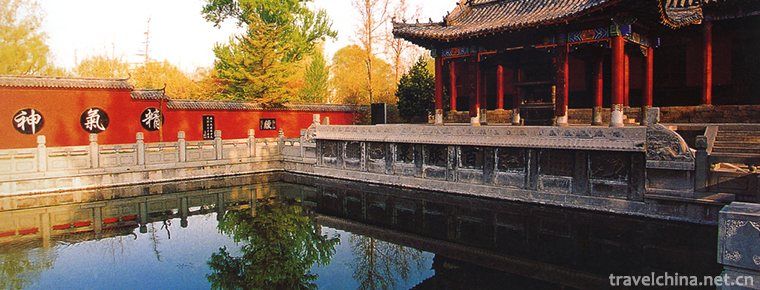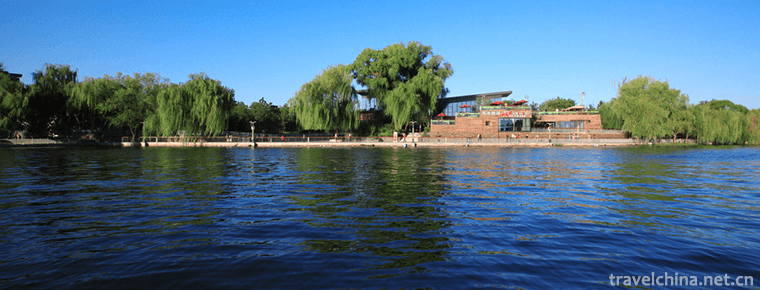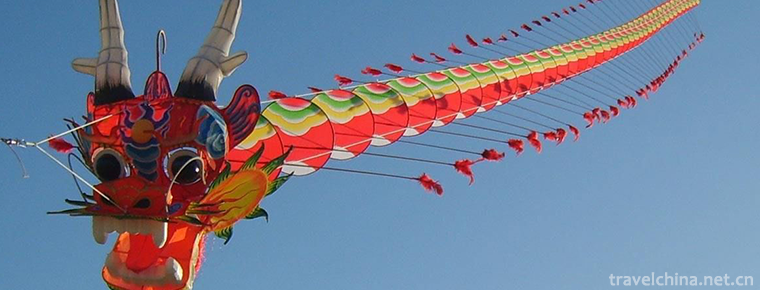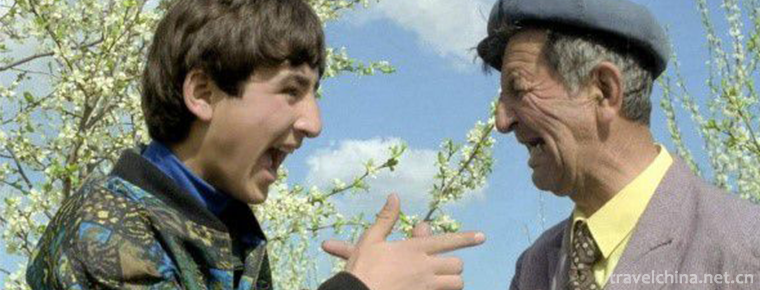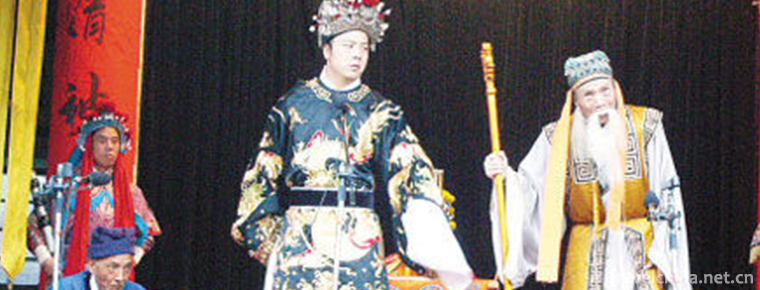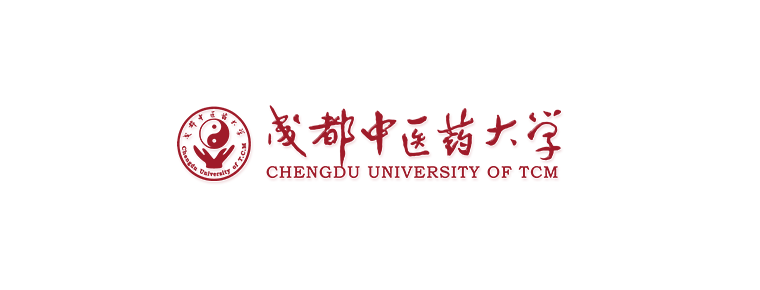Sichuan Agricultural University
Sichuan Agricultural University
Sichuan Agricultural University is a national "211 Project" with the characteristics of biotechnology, the advantages of agricultural science and technology, and the coordinated development of multi-disciplines. It is also an excellent university for evaluating the undergraduate teaching level of the Ministry of Education. Professor Chuang Tianhui, Secretary of the Party Committee, and Professor Zheng Youliang, President of the Party Committee.
It has a long history and rich resources. Its predecessor was Sichuan Tong Agricultural School founded in 1906, and it has experienced many calendars since then, such as Sichuan Higher Agricultural School (1912), Sichuan Public Agricultural Specialized School (1914), Public Sichuan University Academy of Agricultural Sciences (1927), Sichuan Provincial Agricultural College (1932), National Sichuan University Agricultural College (1935), Sichuan University Agricultural College (1950). The stage of historical development. In 1956, the Agricultural College of Sichuan University moved to Ya'an, the former capital of Xikang Province (revoked in 1955) to establish an independent school as Sichuan Agricultural College. In 1985, it was renamed Sichuan Agricultural University. In 2001, Sichuan Forestry School was integrated as a whole. The school currently has three campuses, Ya'an, Chengdu and Dujiangyan, covering an area of about 4500 mu. The collection of literature resources is 116.589 million copies.
There are various disciplines with distinct characteristics. There are 26 colleges, 15 research institutes (centers) and 1 State Key Laboratory (preparation), covering 10 disciplines of agriculture, science, engineering, economics, management, medicine, literature, pedagogy, law and art. There are 7 post-doctoral research mobile stations, 11 first-level disciplines and 48 second-level disciplines authorized by doctoral degree, 18 first-level disciplines and 87 second-level disciplines authorized by master's degree, 8 professional degree award categories and 91 undergraduate disciplines; 4 national key disciplines and key cultivation disciplines, and 19 ministerial and provincial key disciplines. In 2005, the school was designated as one of the 40 key universities in the national disciplinary construction plan for Xinjiang. According to the comprehensive score of the fourth round of subject evaluation results in China in 2017, the schools ranked 7th and 4th in the national agricultural and forestry universities and Sichuan universities respectively. Since 2015, the ESI rankings of agricultural sciences, botany and zoology have remained stable at the top 1% in the world. Animal Nutrition and Feeding Science in 2017 and Crop Science in 2018 were selected into the National Innovation and Intelligence Introduction Program of Higher Education Institutions (111 Program).
Teachers are strong and well-known. There are more than 3700 faculty members, including 375 professors and 577 associate professors, 273 doctoral supervisors and 775 master supervisors, 1 academician of Chinese Academy of Engineering, 2 national outstanding senior experts, 1 specially appointed professor of Changjiang scholars, 1 young scholar, 1 national famous teaching teacher and 2 national outstanding young science fund recipients. Four recipients of the National Excellent Youth Science Foundation, seven young and middle-aged experts with outstanding contributions from the State, 12 candidates for the National Millions of Talents Project, 3 leaders of the National Million Plan, 3 top young talents, 1 chief young scientist of the National 973 Plan, 15 candidates for the New Century Excellent Talents Support Plan, and the enjoyment of the country 101 experts on special allowances from the State Council Government, 90 academic and technical leaders from Sichuan Province, 54 outstanding experts with outstanding contributions from Sichuan Province, 7 candidates for Sichuan Special Talent Program, 2 outstanding talents for Tianfuwan Program, 6 leaders for Tianfuwan Program, 3 top-notch young talents for Tianfuwan Program, and teaching in Sichuan Province There are 13 famous teachers, 3 He Liang and He Li Fund winners, 11 Huo Yingdong Education Fund winners, 3 Sichuan Science and Technology Outstanding Contribution Award winners, and 1 Sichuan Outstanding Talents Award winner. The school is one of the first two pilot universities in the provincial pilot area of talent priority development.
Sports system is complete and conditions are excellent. With a complete education system to train bachelors, masters and doctorates, it is one of the first universities to resume postgraduate enrollment after the Cultural Revolution. There are more than 44,000 full-time students, including 38,000 undergraduates and nearly 6,000 master and doctoral students. He has won 102 teaching achievement awards at or above the provincial level, including 3 first-class awards at the national level, 8 second-class awards and 27 first-class awards at the provincial level. There are 5 excellent doctoral dissertations and 6 nominations in China. There are 10 national-level specialties, 5 national-level top-quality courses, 4 national teaching teams, 1 National Innovative Experimental Zone for talent training mode, 2 national experimental teaching demonstration centers, 1 National off-campus practical education base for University students, and 404 national-level innovative entrepreneurship training programs for University students. The school is one of the Pilot Universities of independent selection and admission reform in China, one of the first batch of 50 universities with typical employment experience of graduates, one of the 50 universities with typical experience of innovation and entrepreneurship in China, and one of the first batch of demonstration clubs of innovation and entrepreneurship for college students in the province.
The achievements of scientific research are fruitful and the benefits are remarkable. More than 700 awards were awarded for scientific and technological achievements at or above the provincial level, including 2 first-class awards and 3 second-class awards for national technological inventions, 1 second-class award for national natural science, 18 second-class awards for national scientific and technological progress, and 3 first-class awards and 57 first-class awards for Sichuan technological progress. About 70% of the award-winning achievements have been promoted and transformed, which has accumulated more than 100 billion yuan in social and economic benefits. He has published high-level papers in the top international academic journals Cell and Science. There are 8 key laboratories of the Ministry of Agriculture and Rural Areas of the Ministry of Education and the State Forestry and Grassland Administration, 3 research centers of the Ministry of Agriculture and Rural Areas of the Ministry of Education, 1 condition platform of the Ministry of Science and Technology, 9 innovation teams of the Ministry of Agriculture and Rural Areas of the Ministry of Education, 5 scientific observation experimental stations of the Ministry of Agriculture and Rural Areas, and 30 key laboratories of Sichuan Province (universities). There are 7 engineering (technology) research centers, 4 Social Research bases, 3 international science and technology cooperation bases and 5 collaborative innovation centers. The school is also one of the first 10 universities to establish the New Rural Development Institute in 2012.
Extensive and diverse exchanges with foreign countries. It has established exchanges and cooperation with more than 60 scientific research institutes in more than 20 countries and regions, such as the United States, Britain, France, Germany, Canada, Russia, Japan, Korea, Hong Kong and Taiwan. The school is one of the first 200 universities in China that can accept overseas students. It is also one of the contracted universities for the public postgraduate project of the state-built high-level universities.
The construction and development of schools have received the cordial care of the leaders of the Party and the state. In April 1991 and May 2002, Comrade Jiang Zemin visited the school twice and expressed his appreciation for the achievements made by the school in teaching and research. In January 2002, Comrade Wen Jiabao instructed that "the spirit of Sichuan Agricultural University" should be summarized, propagated and developed. In October 2007, Comrade Wen Jiabao once again instructed that Sichuan Agricultural University has made great achievements and its experience in running schools deserves attention. In May 2008, Comrade Li Keqiang visited the school to pay solicitude to the "5.12" disaster-stricken teachers and students. In October 2001, Comrade Li Lanqing visited the school and highly praised the spirit of Sichuan Agricultural University, fully affirming its outstanding contribution to local economic and social development.
In the new historical starting point, the school will always adhere to the idea that talent training is the foundation of the school, scientific research is the way to strengthen the school, social service is the strategy to revitalize the school, cultural inheritance and innovation is the soul of the school, firmly establish the concept of student-oriented, academic nature, subject-oriented, scholar-oriented, and vigorously promote "patriotism". "Sichuan Agricultural University Spirit of Dedication, Hard Strive, Unity and Struggle, Realism and Innovation", adhering to the school motto of "Pursuing Truth, Benefiting Society and Continuing Self-improvement", firmly takes the connotative development path of improving quality as the core, continuously promotes the construction of first-class agricultural universities with distinctive features and high levels, and strives to serve the regional economy. Make new and greater contributions to social development. (Data in this paper as of May 2019)




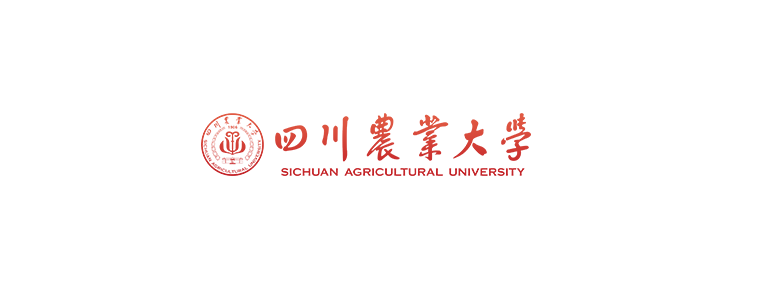
-
South Lake
Nanhu, formerly known as Luweichi Lake, also known as Machang Lake and Luanhu Lake , is located in Nanhu District, Jiaxing City, Zhejiang Province.
Views: 238 Time 2018-12-07 -
Baimaiquan Park
Baimaiquan Scenic Area, located at No. 2017 Huiquan Road, Zhangqiu District, Jinan City, Shandong Province, is located in the eastern part of Jinan City. Founded in 1986.
Views: 147 Time 2019-01-02 -
Lake Yanxi
Yanqi Lake: located at the foot of Yanshan Mountain 8 kilometers north of Huairou City, a suburb of Beijing, is a land and water area centered on the lake surface.
Views: 170 Time 2019-03-02 -
The First Bay Scenic Area of the Yangtze River
The first bay of the Yangtze River (the first bend of the Yangtze River and the first bay of the Wanli Yangtze River): located between Shigu Town of Lijiang City in the northwest of Yunnan Province an.
Views: 149 Time 2019-03-17 -
Kite making skills
Kite making skills, Weifang City of Shandong Province, Nantong City of Jiangsu Province, Lhasa City of Tibet Autonomous Region, Beijing, Tianjin and other local traditional skills, one of the national.
Views: 119 Time 2019-04-29 -
Leting drum
Music Pavilion Drum is a representative form of traditional music drum book and drum music in northern China. It is widely spread in eastern Hebei, Beijing, Tianjin and northeastern Liaoning, Jilin, H.
Views: 271 Time 2019-05-11 -
Chak Chak
"Chuck Chuck" is a highly interactive dialogue between two or more people. According to the different content and language characteristics, it can be roughly divided into five types:.
Views: 86 Time 2019-06-10 -
Salar Costume
The traditional dresses of the Salar nationality are bright and bright in color and full of national characteristics. Salar costumes have two characteristics, namely (1) Islamic color of costumes; (2).
Views: 128 Time 2019-06-11 -
Lotus in Wenzhou
Wenzhou lotus is a local opera evolved from Wenzhou Taoism, and it is also one of the main operas in Zhejiang Province. It has spread to Wenzhou (including the counties under its jurisdiction) and par.
Views: 108 Time 2019-06-28 -
Yongxin Shield Dance
Shield dance, also known as men's group dance rattan dance, roll the shield, reflects the most primitive national cohesion, team spirit and fighting spirit. Shield dance is mainly spread in Longyuanko.
Views: 151 Time 2019-07-14 -
Chengdu University of TCM
Chengdu University of Traditional Chinese Medicine, formerly known as Chengdu College of Traditional Chinese Medicine, was founded in 1956. It was one of the earliest four Chinese medical colleges and.
Views: 221 Time 2019-08-31 -
Meishan population
At the end of 2019, the total registered residence population was 3 million 422 thousand and 600, of which 1 million 194 thousand and 900 were urban population. At the end of the year, there were 2.995 million permanent residents, including 1.433 million urban.
Views: 333 Time 2020-12-18

